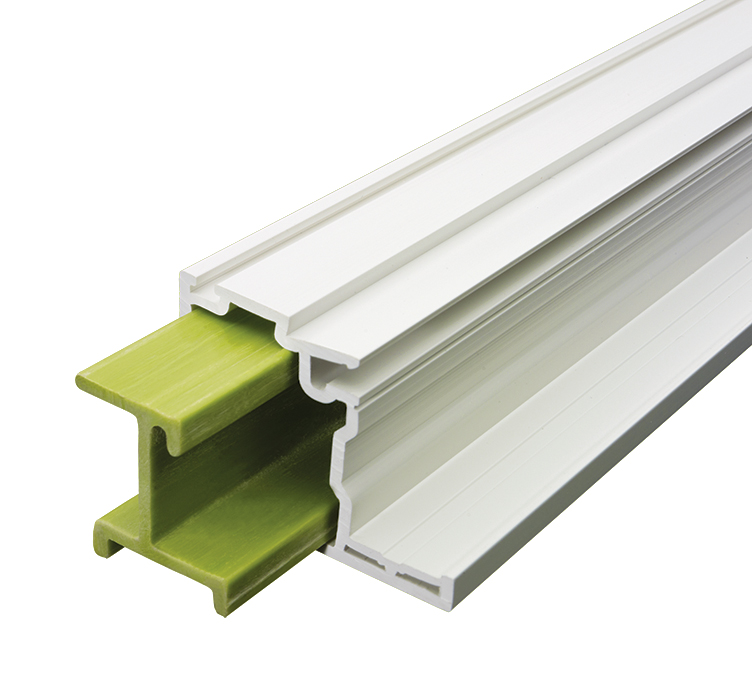The Future Is Biophilic: Designing with Nature in Mind
Windows are a critical component of transforming spaces for healthier, connected environments

As modern architecture continues to transform and evolve, the idea of blending the natural world with our indoor environments is becoming more prominent. Embracing the outdoors has a calming effect and improves our mental and physical well-being. Driven by the profound connection between human happiness and nature, biophilic design aims to recreate the positive impacts of the outdoors by incorporating natural elements into our building designs.
Windows and doors play a vital role in supporting biophilic design. Products that enhance structural integrity, energy performance, natural light, ventilation, and views are bringing people closer to the outdoors in meaningful ways.
Enhancing Wellness Through Natural Design
Designers and building owners are increasingly prioritizing natural light and views in the spaces where people spend the most time. From residential homes to commercial buildings, the benefits are well documented: increased productivity, reduced stress, improved mood, and even faster recovery times in health care environments.
According to a Fixr report, 60% of experts predict biophilic design will be one of the most influential design trends in 2025.
Windows and doors are essential to achieving this. They offer the literal and figurative openings to the outside world, allowing daylight to flood interiors, encouraging airflow and framing the natural landscape as a living part of the space.
Modern Architecture: Thin Frames and Open Plans
As architectural trends lean into open floor plans and minimalist aesthetics, the demand for slimmer window frames and expansive openings continues to rise. Narrow sightlines not only contribute to a clean, modern look but also increase the glass-to-frame ratio—maximizing the amount of natural light and enhancing outdoor views.
Thinner window frames allow more daylight to penetrate deeper into the interior spaces, specifically in larger rooms or open concept layouts. This reduces the need for artificial lighting and supports natural sleep by regulating the body’s internal clock while enhancing mental well-being.
These design preferences align with biophilic principles. By increasing visible access to outdoor spaces and ensuring light reaches further indoors, architects can deliver a more immersive connection to nature without sacrificing thermal performance.
High-Performance Daylighting with Lightweight Triple-Pane Solutions
To support this shift toward expansive glass surfaces, designers are turning to lightweight triple-pane systems. Unlike traditional triple-panes, “skinny triples” feature a lightweight center pane of glass that is similar to that of thin smartphone or tablet glass that reduces the weight of the window unit without compromising insulation value.
This innovation makes it possible to incorporate larger windows and glass door systems into a building envelope without straining the structure. The result is greater daylight exposure, improved energy efficiency, and increased design freedom, all components of a successful biophilic space.
Mulled Windows in Biophilic Design
Another way to bring biophilic design principles to life is through the process of mulling windows. Mulled windows are two or more window units joined together for more expansive, uninterrupted views of the outdoors. When properly reinforced, mulling windows can help maintain the structural integrity of an overall window unit, making it possible to create larger openings that would not be possible with single units. This structural support is a necessary component for large expanses of glass that are often used in biophilic design.
Beyond the Glass: Designing for Nature
The future of design isn't just about aesthetics, it is about prioritizing sustainability and occupant health. As designers, builders, homeowners, and community leaders, we have a profound responsibility to create spaces that nurture our physical health and support mental clarity.
The path to better design begins with a clearer view – one that invites nature in, enhances well-being, and elevates every space it touches. Through purposeful innovation and a commitment to sustainability, fenestration industry leaders are helping shape a future where buildings don’t just shelter us, they connect us to the world around us.
